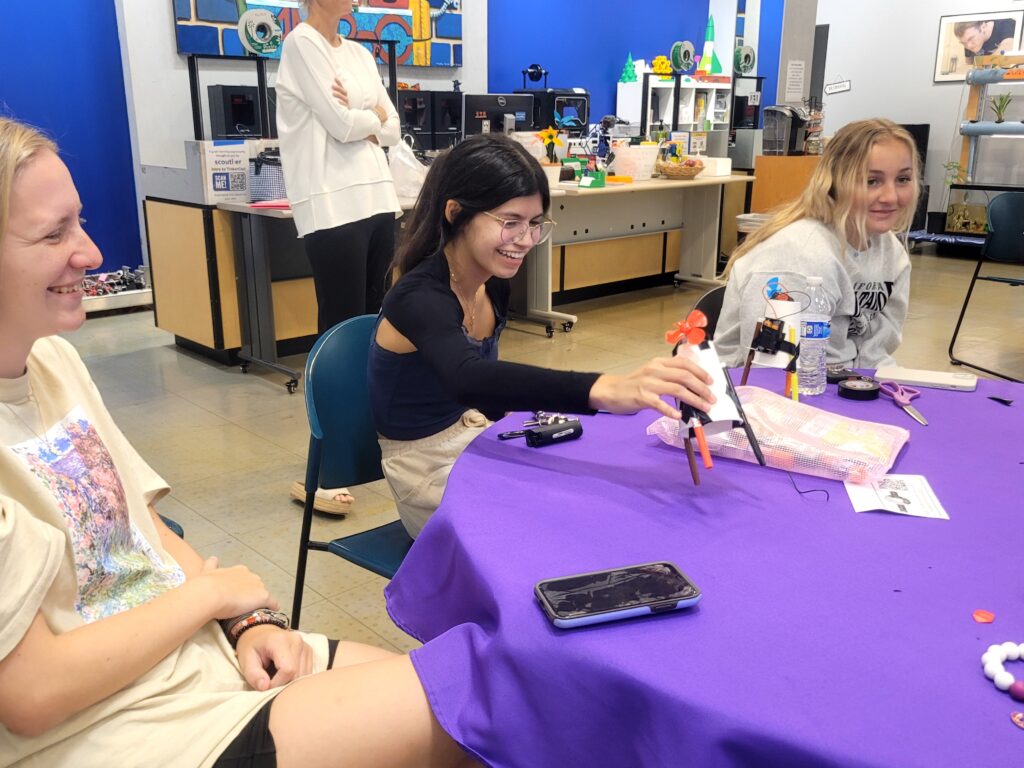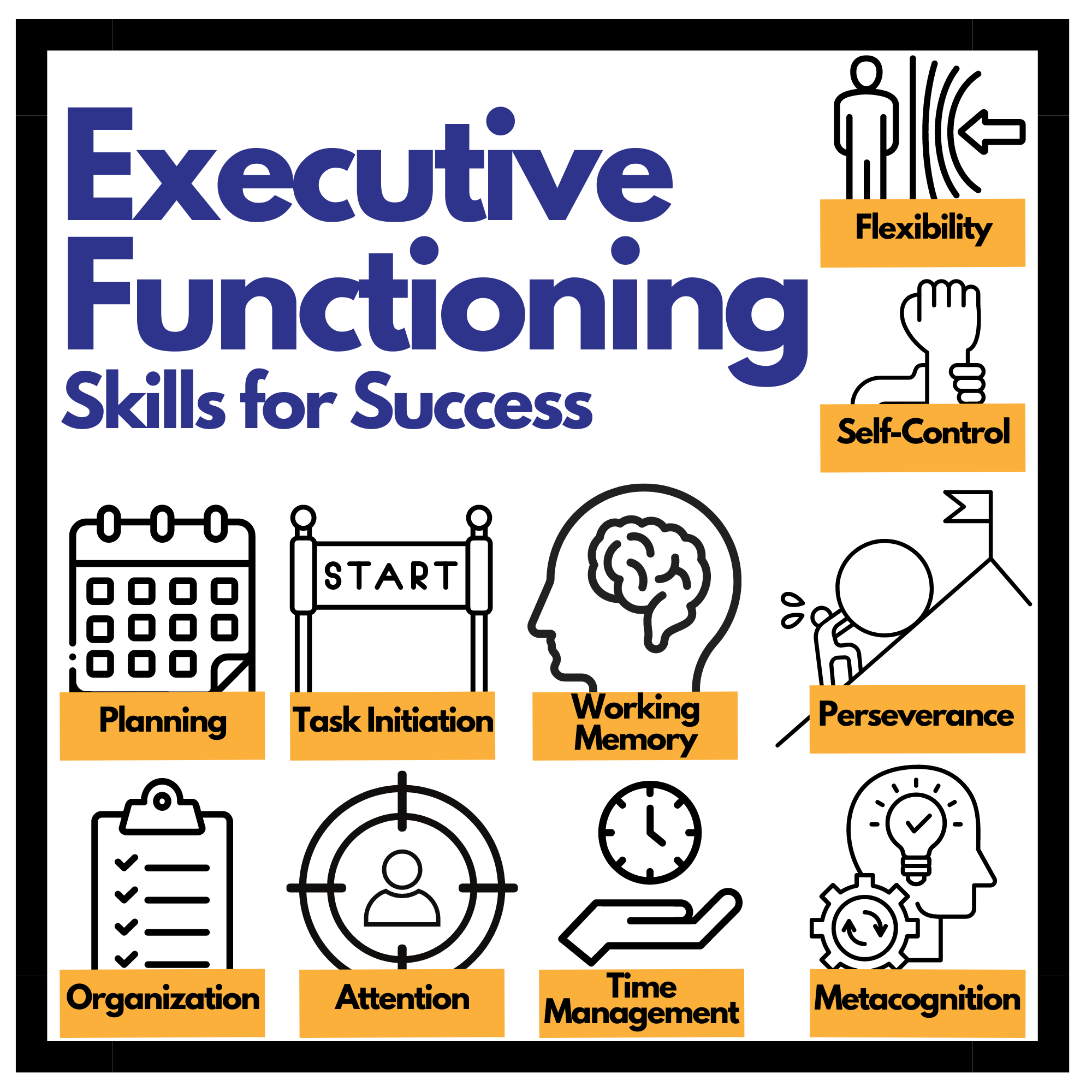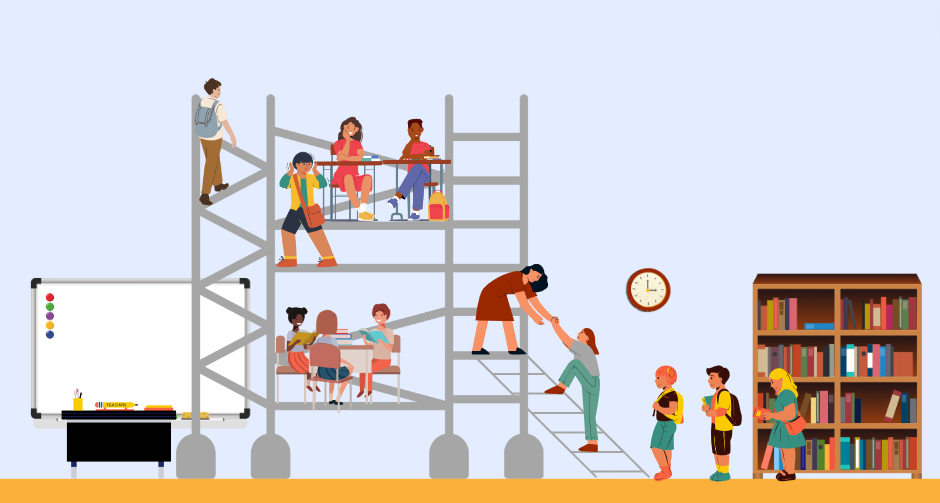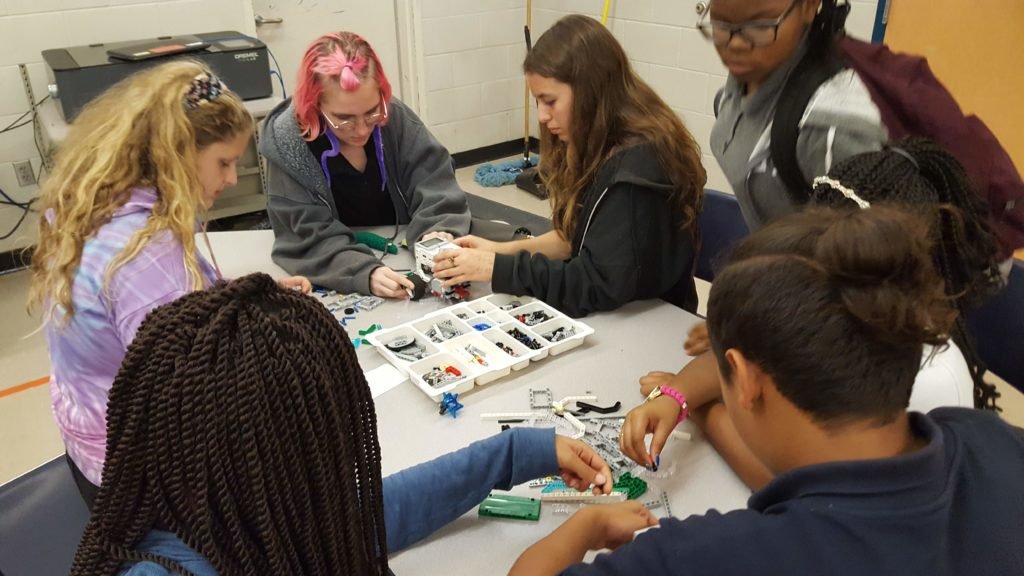
Unleashing a Teacher’s Power: Autonomy with EngagED Learning
Written by Kiara Klein, Director of Programs, Scoutlier by Aecern
The National Center on Safe and Supportive Learning Environments defines student engagement as “a key element of a positive school climate, with a large body of research linking it to academic achievement.”
This concept, explored by educational virtuosos like John Dewey, Jean Piaget and Maria Montessori since the 1800s, has remained a crucial focus for educators worldwide. To this day, teachers devote countless hours to developing new ways to drive emotional and cognitive engagement in their classrooms.
Scoutlier helps teachers with their student engagement efforts through EngagED Learning, a means to autonomy and easily scaffolded lessons. Teacher autonomy plays a critical role in student learning and engagement. When a teacher thrives in their environment, so do their students.
Teacher Autonomy
Autonomy refers to the state of one’s self-governance, meaning there’s an ability to make your own choices driven by your values, beliefs and other self-defining characteristics. An article on EducationWeek entitled, Teacher Autonomy Isn’t Dead. Here’s How to Achieve It purports that teacher autonomy is a heavy influencer of overall job satisfaction and one of the main determinants of a teacher staying or leaving a school/district. So why is teacher autonomy so important in the classroom? How can school and district leaders be advocates for their teachers’ autonomy while ensuring state and national standards are being met?
Autonomy is integral to teaching
Teaching is an art form, one honed through hours and hours of schooling and instructional time. This said, teachers should be given the tools and resources they need to create learning experiences for their students that work, rather than being given a product and told to implement it without understanding how it’s the best solution for their classroom. Forced implementation of cookie-cutter solutions only stands to undermine the years of educational training and experience of teachers. Furthermore, it stifles the creative teacher’s process, leading to disinterest and disengagement with the instructional content.
Tailored Instruction
Encouraging teachers to view standards-based curriculum as a professional challenge rather than an educational hurdle, inspires teachers to come up with innovative and creative solutions to integrating required, standards-based curriculum into their lesson plans in thoughtful ways. This challenge of customization allows teachers to successfully implement instruction and strategies that suit the needs of their students. When the instructional needs of students are met, this leads to more engaging lessons and a fostering of a deeper understanding of the material.
Increased Job Satisfaction
As mentioned above, a teacher’s autonomy correlates with their satisfaction in their role. Multiple studies and research show a significant relationship between teachers’ job satisfaction and student achievement. When teachers are supported by their administration and provided the resources they need for their classroom, they are more invested in their students’ overall success. This autonomy allows them to express their creativity and individuality in their teaching, making the profession even more fulfilling.
Ownership and Responsibility
Teacher autonomy instills a sense of ownership in the teaching process. When educators have a say in their instructional methods and decisions, they feel a
greater sense of responsibility for the outcomes, causing many to take a more innovative and holistic approach to incorporating state and national set academic standards into their curriculum. While there are benchmarks teachers must help their students meet, there’s still room for creative and innovative approaches to getting there.
Professional Growth
Autonomy provides opportunities for professional growth. Teachers trusted to make classroom decisions are more likely to seek professional development opportunities, enhancing their skills and knowledge. The Teaching and Learning International Survey (TALIS 2013) provides in-depth information regarding how teachers’ needs for professional development are being met and the importance school leaders play in fostering the learning environment. It also answers the questions of professional development frequency and type, the impacts and how it affects teachers’ self-efficacy and job satisfaction. Most notably, TALIS 2013 states that meeting teachers’ professional development needs directly correlates with teacher satisfaction. This satisfaction positively impacts their pedagogical approaches, leading to increased student achievement.
EngagED Learning: A Solution to Activate Classrooms
This is where Scoutlier’s EngagED Learning is your champion. EngagED Learning promotes teachers’ autonomy by equipping them with tools and resources that allow educators to tailor their approaches to accommodate the diverse learning styles and specific needs of their classrooms. By teaching teachers how to use Scoutlier in their classrooms to create lessons that increase the depth of their students’ grasp on concepts and curriculum, EngagED Learning is a way to more innovation in our ever-changing world.
EngagED Learning is the perfect way for school leaders and district officials to increase teacher satisfaction. By showing teachers you value their development and understanding of new technological solutions, you increase your teachers’ satisfaction. Scoutlier’s EngagED Learning helps teachers feel natural in their scaffolding of lessons and shows them how to connect content to the real world, allowing them to avoid the nagging “Why do I need to learn this?” question.
Skipping out on the clichés of trying to understand why coursework or lessons are relevant, the engaged student asks much more thought-provoking questions. Scoutlier removes learning barriers and provides students with alternative resource formats and hands-on components to level out the learning playing field.
Furthermore, EngagED Learning is the path to innovation in classrooms, as it provides a flexible, dynamic and responsive learning environment where teachers can explore innovative techniques to introduce into their classrooms, fostering ownership and forward-thinking in their teaching practices. Scoutlier makes delivering those complicated, hands-on lessons that much easier.
EngagED Learning is more than a one-time professional development seminar, it’s the way for teachers to regain their autonomy, infuse scaffolding into every lesson, embed real-world relevance into learning content, and utilize real-time engagement reports can enhance intervention tactics. EngagED Learning is our promise to make sure both teachers and students thrive with Scoutlier. For more information about EngagED Learning here.
RESOURCES







